Choose window colors that complement your home’s architectural style and exterior materials. White and off-white windows are the most versatile and popular, working with 80% of home styles while maintaining high resale value. Dark colors like black, bronze, and charcoal gray create modern appeal but cost 15-30% more and may show wear faster. Consider your climate, maintenance preferences, and neighborhood standards when selecting colors.
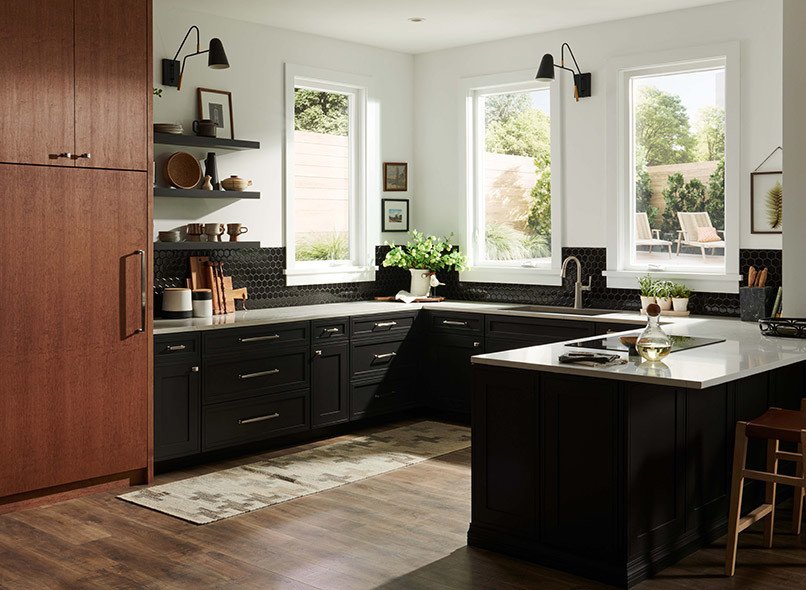
Most Popular Window Color Choices
White and Off-White Windows
Why white dominates window choices:
- Timeless appeal that never goes out of style
- Works with virtually any exterior color scheme
- Reflects heat, reducing cooling costs
- Easiest to maintain and clean
- Highest resale value and broad buyer appeal
White color variations:
- Pure white: Crisp, clean appearance
- Cream or ivory: Warmer, softer look
- Antique white: Slightly aged appearance
- Off-white: Subtle tint variations
Best applications for white windows:
- Traditional and colonial home styles
- Brick or stone exteriors
- Coastal and cottage designs
- Homes with colorful siding where windows should blend
Tan and Beige Window Options
Benefits of neutral earth tones:
- Complement warm exterior colors
- Hide dirt and wear better than white
- Work well with natural materials like stone and wood
- Popular in southwestern and desert climates
Common tan and beige shades:
- Almond: Light, warm neutral
- Clay: Earthy, natural appearance
- Sandstone: Desert-inspired neutral
- Linen: Soft, sophisticated tone
Ideal applications:
- Ranch and southwestern style homes
- Stucco and adobe exteriors
- Earth-tone color schemes
- Areas with dust or sandy conditions
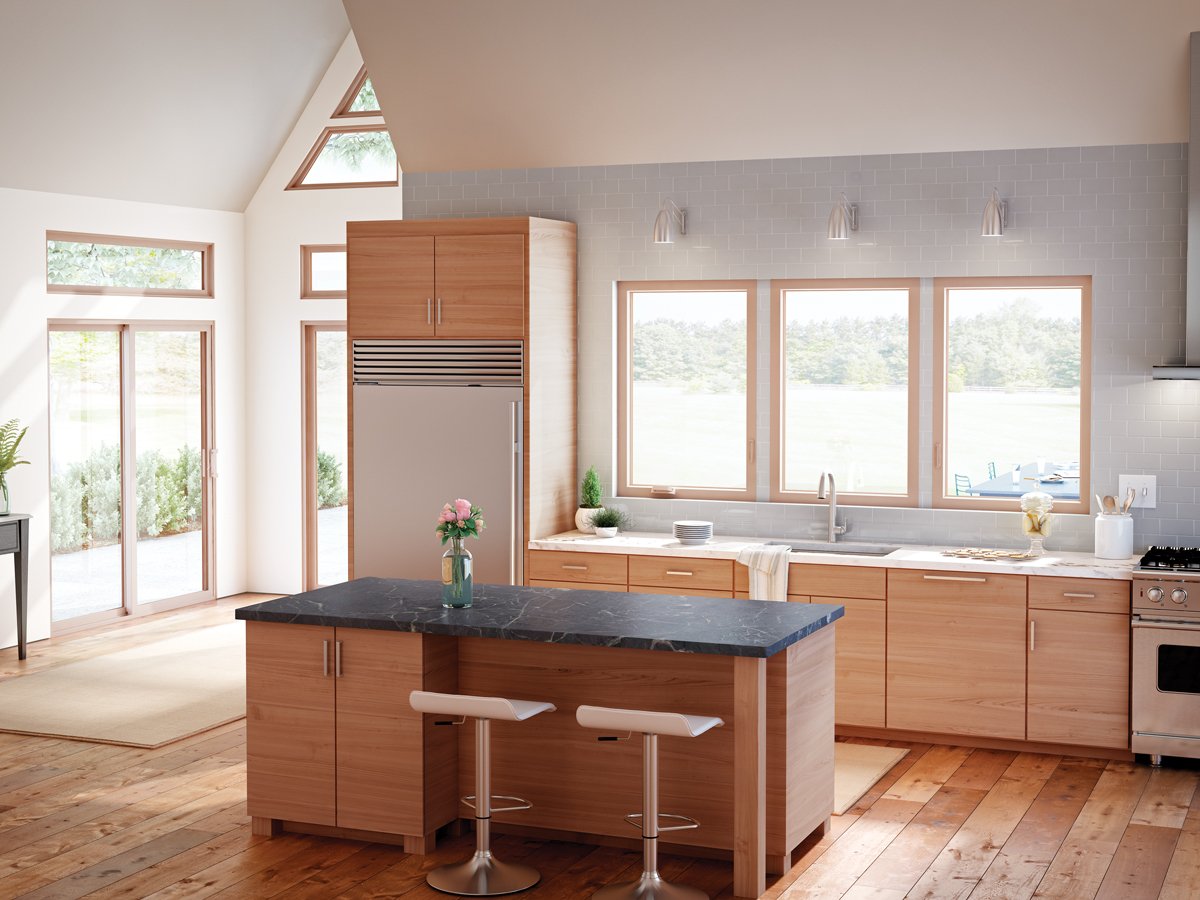
Bold and Dark Window Colors
Black Window Popularity
Modern appeal of black windows:
- Creates striking contrast against light exteriors
- Provides contemporary, sophisticated look
- Emphasizes window shapes and architectural details
- Popular in modern farmhouse and industrial styles
Black window considerations:
- Heat absorption can affect energy efficiency
- Shows dirt, water spots, and scratches more easily
- Premium pricing (typically 20-30% more than white)
- May fade to gray over time in intense sun
Best applications for black windows:
- White, gray, or light-colored exteriors
- Modern and contemporary home styles
- Farmhouse and industrial designs
- Homes with black accents (shutters, doors, trim)
Bronze and Brown Options
Advantages of bronze tones:
- Complement earth-tone exteriors beautifully
- Hide wear and weathering well
- Traditional appeal with warmth
- Work well with wood and stone materials
Bronze color variations:
- Oil-rubbed bronze: Dark, rich appearance
- Antique bronze: Weathered, aged look
- Medium bronze: Balanced brown tone
- Light bronze: Subtle brown tint
Ideal for these home styles:
- Craftsman and bungalow designs
- Log homes and cabins
- Homes with natural wood exteriors
- Traditional styles with warm color palettes
Charcoal and Gray Windows
Growing popularity of gray tones:
- Modern, sophisticated appearance
- Complement both warm and cool color schemes
- Less stark than black, more interesting than white
- Versatile with many architectural styles
Gray color options:
- Charcoal: Dark, dramatic impact
- Medium gray: Balanced, versatile choice
- Light gray: Subtle contrast option
- Blue-gray: Cool, contemporary tone
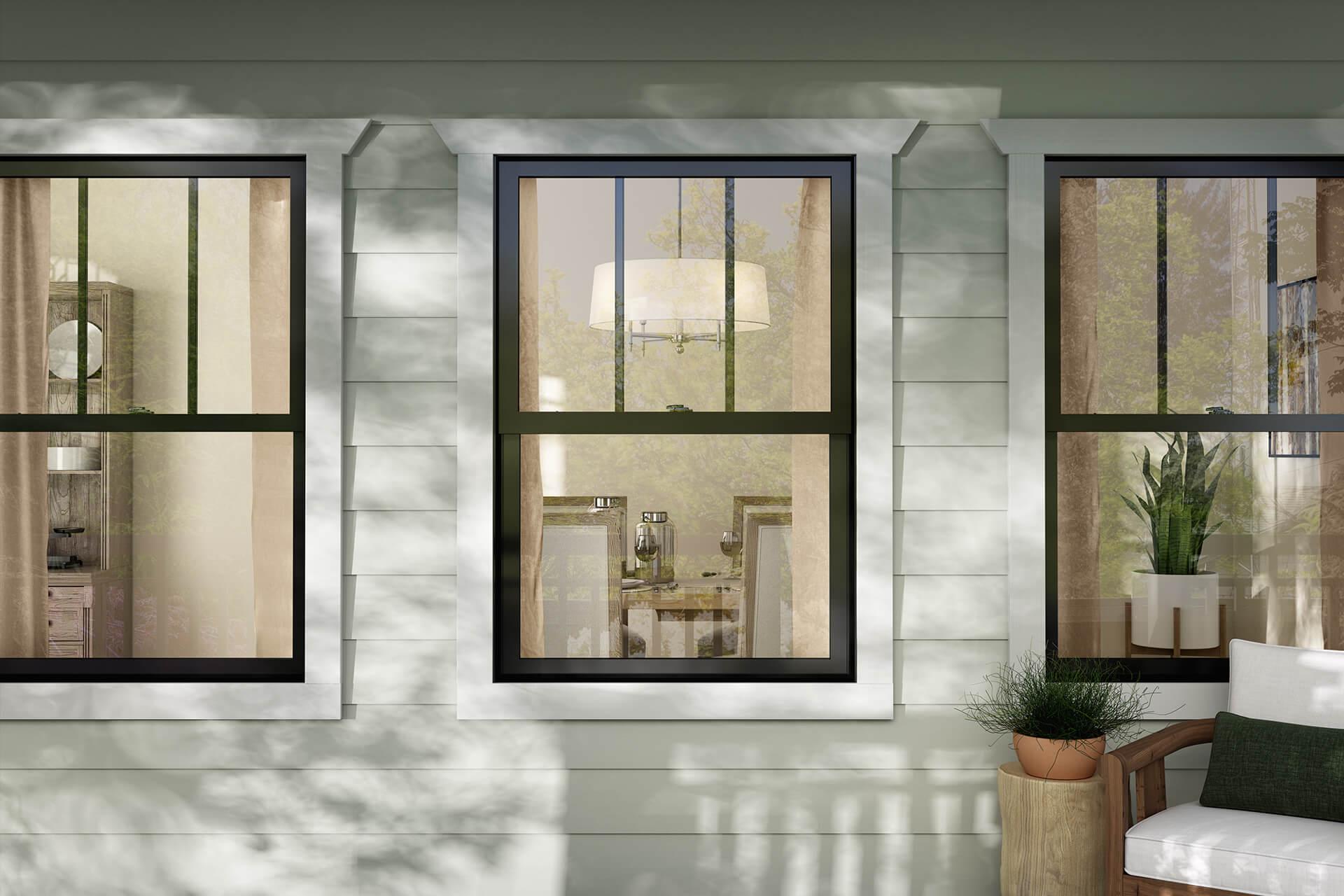
Matching Windows to Home Styles
Traditional Home Styles
Colonial and Georgian homes:
- White windows maintain historical accuracy
- Black can work for more formal Georgian styles
- Avoid modern colors that clash with period architecture
- Consider divided light patterns for authenticity
Victorian and historic homes:
- Research original window colors for authenticity
- White or cream typically most appropriate
- Dark colors may be acceptable if historically accurate
- Check historic district requirements if applicable
Cape Cod and cottage styles:
- White windows enhance seaside charm
- Light colors complement relaxed coastal aesthetic
- Avoid bold colors that overpower cottage character
- Consider weathered or aged finishes
Contemporary Home Styles
Modern and minimalist designs:
- Black windows emphasize clean lines
- Charcoal gray provides sophisticated contrast
- White maintains focus on architectural form
- Bold colors can work if part of overall design concept
Modern farmhouse style:
- Black windows are signature element
- White works for more traditional farmhouse look
- Avoid ornate or decorative window styles
- Consider large, uninterrupted glass areas
Industrial and loft styles:
- Black or dark bronze windows essential
- Steel-look finishes complement industrial aesthetic
- Avoid light colors that soften industrial edge
- Consider exposed frame elements
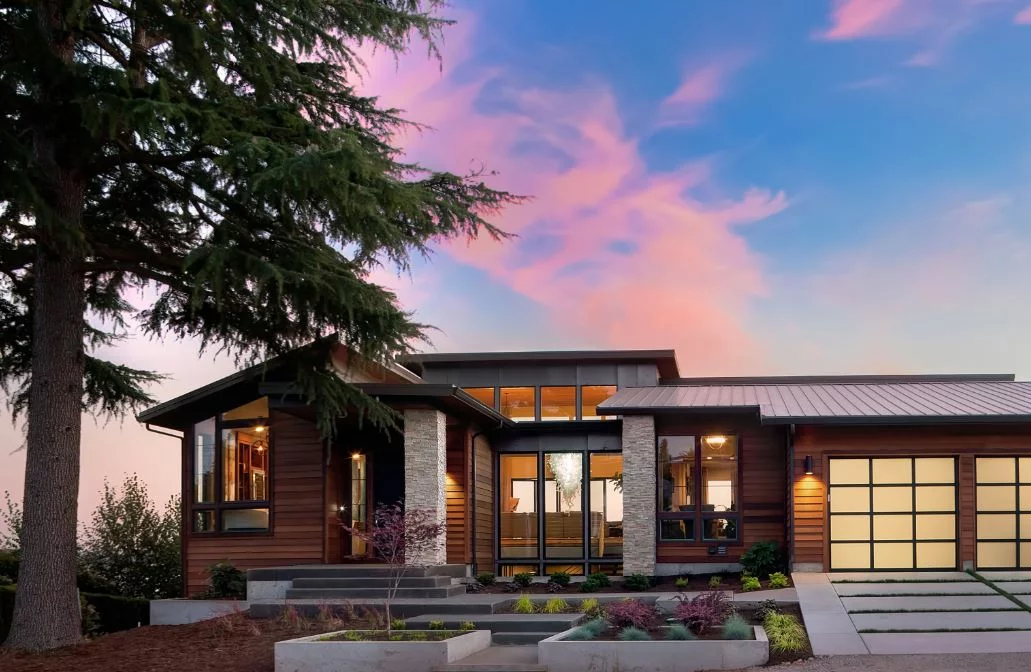
Climate and Practical Considerations
Heat and Sun Exposure Effects
Dark color challenges in hot climates:
- Higher heat absorption increases cooling costs
- Thermal expansion stress on frames and seals
- Faster fading and weathering in intense sun
- Potential for warping in extreme heat
Light color advantages:
- Reflect heat, reducing energy costs
- Less thermal stress on window components
- Slower fading and weathering
- Cooler interior surfaces
Maintenance and Durability Factors
Colors that hide dirt and wear:
- Medium tones (tan, beige, light gray)
- Avoid pure white in dusty or sandy areas
- Avoid pure black where water spots are problematic
- Consider local environmental factors
Maintenance frequency by color:
- White: Shows dirt quickly, needs frequent cleaning
- Black: Shows water spots and scratches easily
- Medium tones: Most forgiving for maintenance
- Textured finishes: Hide minor wear better
Regional Climate Considerations
Desert and arid climates:
- Light colors reduce heat buildup
- Earth tones complement natural landscape
- UV-resistant finishes essential
- Consider dust and sand exposure
Coastal environments:
- Salt air affects all finishes
- Light colors resist heat from reflected sun
- Corrosion-resistant materials important
- Consider storm and hurricane resistance
Cold and snowy climates:
- Dark colors may help with ice melting
- Thermal performance more important than color
- Consider freeze-thaw cycling effects
- Snow contrast with window colors
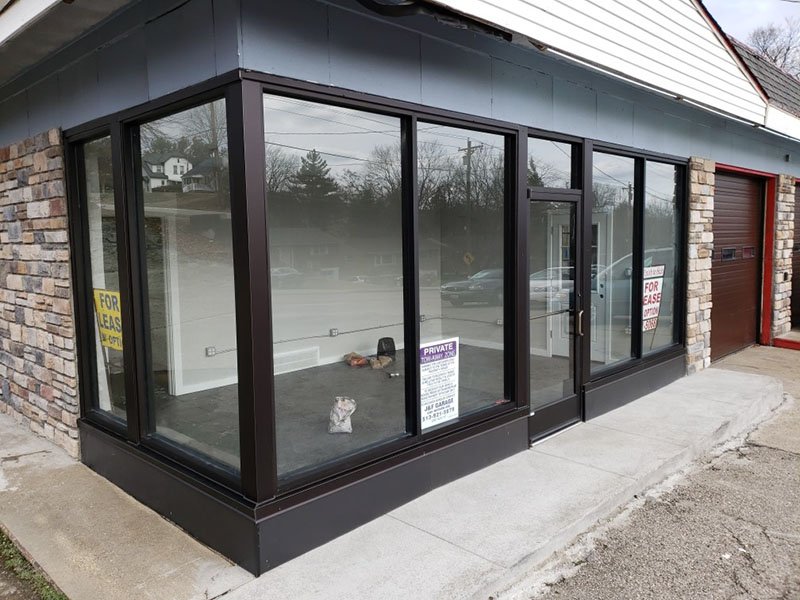
Cost Implications of Window Colors
Premium Color Pricing
Standard colors (typically no upcharge):
- White and off-white variations
- Basic tan and almond tones
- Standard manufacturer color options
Premium colors (15-30% upcharge):
- Black and dark bronze
- Custom color matches
- Specialty finishes and textures
- Limited availability colors
Factors affecting color costs:
- Manufacturing complexity
- Demand and popularity
- Special coating requirements
- Custom color matching needs
Long-Term Value Considerations
Colors that maintain resale value:
- White and neutral tones appeal to most buyers
- Avoid highly personal or trendy color choices
- Consider neighborhood standards and expectations
- Classic colors age better than bold statements
Colors that may limit resale appeal:
- Bright or unusual colors
- Colors that clash with home style
- Trendy choices that may date quickly
- Colors requiring frequent maintenance
Interior vs. Exterior Color Coordination
Two-Tone Window Options
Benefits of different interior/exterior colors:
- Exterior color coordinates with home’s facade
- Interior color complements room decor
- Allows greater design flexibility
- Addresses different functional needs
Common two-tone combinations:
- White interior with black exterior
- Almond interior with bronze exterior
- Wood grain interior with painted exterior
- Light interior with dark exterior
Cost and complexity considerations:
- Higher manufacturing costs
- Limited availability from some manufacturers
- May affect warranty terms
- Installation complexity considerations
Interior Design Coordination
Matching windows to interior elements:
- Coordinate with trim and molding colors
- Consider furniture and decor colors
- Think about room lighting effects
- Plan for long-term interior changes
Interior window color effects:
- Dark frames can make rooms feel smaller
- Light frames reflect more interior light
- Window color affects room ambiance
- Consider each room’s specific needs
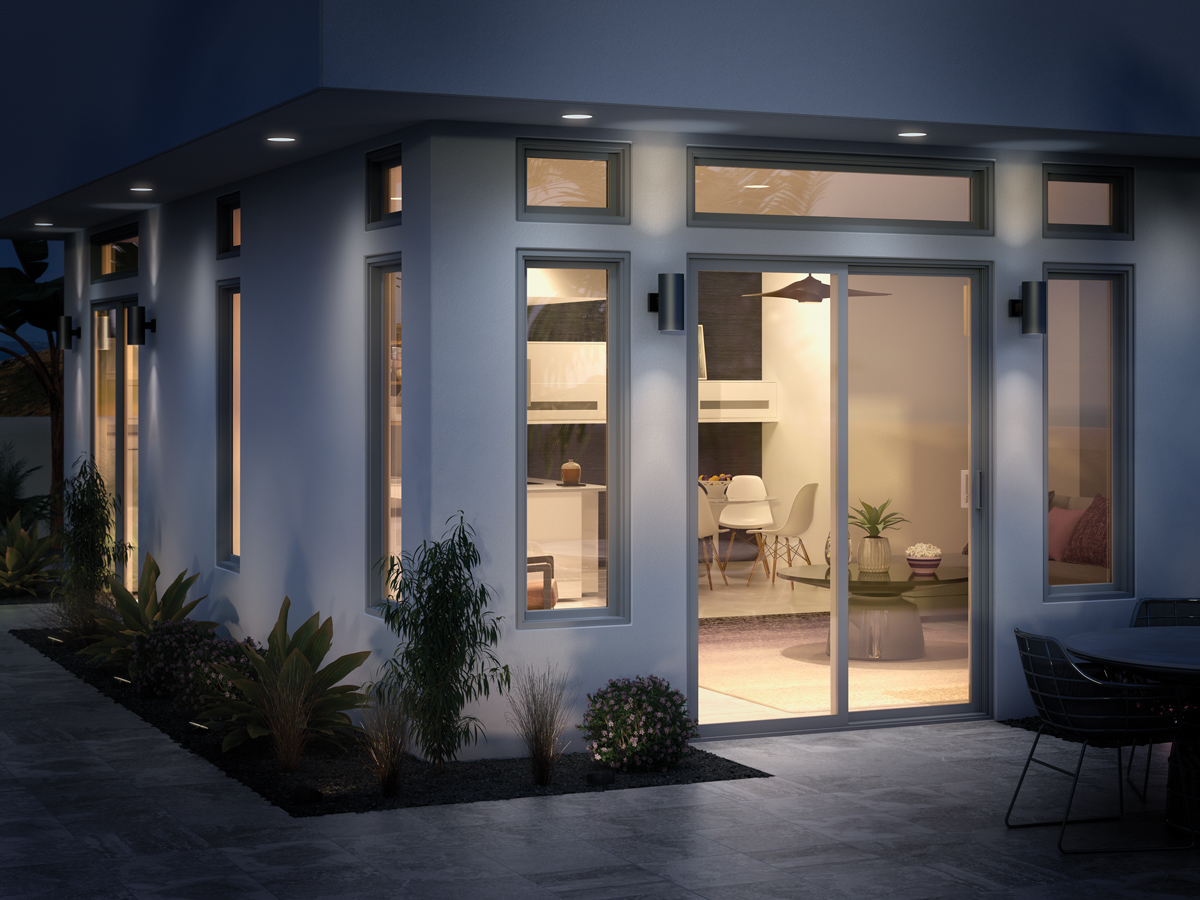
Neighborhood and HOA Considerations
Community Standards
Researching neighborhood norms:
- Drive through neighborhood to observe trends
- Consider property values and home styles
- Look for HOA or covenant restrictions
- Think about fitting in vs. standing out
HOA and deed restriction considerations:
- Review governing documents for color restrictions
- Submit applications for approval if required
- Understand enforcement policies
- Consider appeal processes if needed
Property Value Impact
Colors that enhance property value:
- Neutral colors appeal to broad market
- Quality materials matter more than color
- Consistent style throughout neighborhood
- Well-maintained appearance regardless of color
Potential value concerns:
- Colors that clash with home style
- Maintenance-intensive color choices
- Colors that limit buyer appeal
- Outdated or dated color selections
Future-Proofing Your Color Choice
Timeless vs. Trendy Selections
Timeless color characteristics:
- Classic neutrals (white, cream, tan)
- Colors that complement architectural style
- Colors with broad appeal
- Low-maintenance options
Avoiding trendy color traps:
- Colors popular only in current design trends
- Bold colors that may tire quickly
- Colors requiring frequent updates
- Colors tied to specific time periods
Planning for Color Changes
When color changes make sense:
- Major exterior renovations
- Significant style updates
- New siding or roofing projects
- Change in personal preferences
Cost-effective color update strategies:
- Choose quality frames that can be repainted
- Consider window films for temporary changes
- Plan color changes with other exterior work
- Research manufacturer repainting options
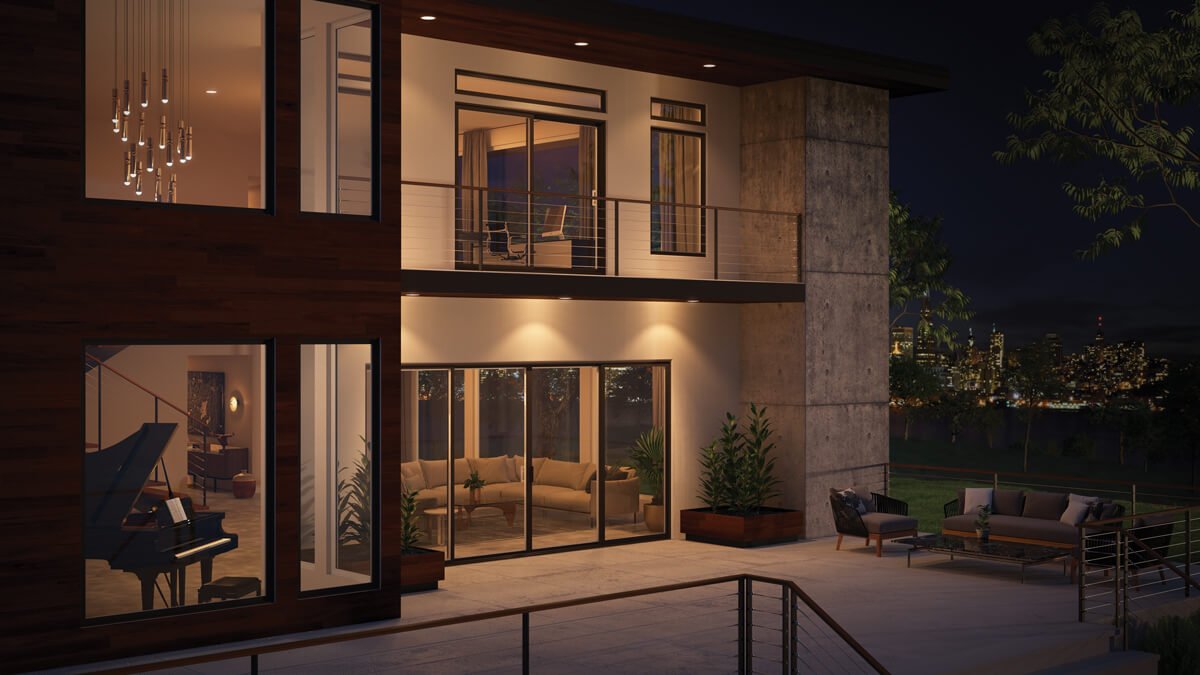
Making Your Final Color Decision
Decision-Making Process
Steps for choosing window colors:
- Assess your home’s architectural style
- Consider existing exterior colors and materials
- Evaluate climate and maintenance factors
- Research neighborhood standards and restrictions
- Consider long-term value and appeal
Testing color options:
- Use manufacturer color samples
- View colors in different lighting conditions
- Consider seasonal appearance changes
- Get input from family members and trusted advisors
Professional Design Assistance
When to consult professionals:
- Complex color coordination challenges
- Historic home color authenticity
- Major exterior renovation projects
- Uncertainty about best choices
Resources for color guidance:
- Window manufacturer design services
- Professional color consultants
- Architectural design professionals
- Local design showrooms and experts
The Bottom Line
Window color choice significantly impacts your home’s appearance, energy efficiency, and long-term value. White and neutral colors offer the safest choice for broad appeal and resale value, while dark colors can create stunning contemporary looks at higher cost and maintenance.
Consider your home’s architectural style, local climate, maintenance preferences, and long-term plans when selecting colors. When in doubt, choose classic, timeless colors that complement your home’s style rather than bold statements that may quickly feel dated.
Remember that window quality and energy performance matter more than color for long-term satisfaction. Choose the best windows you can afford in colors that enhance your home’s beauty and maintain their appeal over time.
At Utah Window Experts, we offer a wide range of window colors and finishes to complement any home style. Our design professionals can help you select colors that enhance your home’s architectural character while considering local climate factors and long-term value considerations.